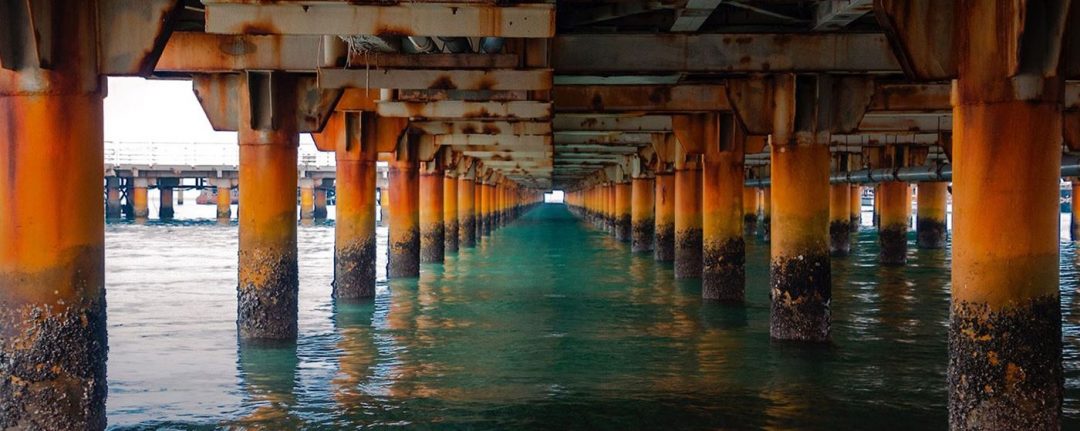Rust is the corrosion product that is produced from iron or steel by oxidation with oxygen in the presence of water. The weathering of iron materials into rust causes damages and costs of billions of dollars worldwide as it is a common problem on infrastructure. However, new research shows that when it is combined with salt water, it can also be a source of electricity.
Interactions between metal compounds and saltwater often generate electricity, but this is usually the result of a chemical reaction in which one or more compounds are converted to new compounds. Reactions like these are what is at work inside batteries.
In contrast, the phenomenon discovered by Tom Miller, Professor of Chemistry at Caltech, and Franz Geiger, Dow Professor of Chemistry at Northwestern University, does not involve chemical reactions, but rather converts the kinetic energy of flowing saltwater into electricity. “A similar effect has been seen in some other materials. You can take a drop of saltwater and drag it across graphene and see some electricity generated,” Miller says.
However, it is difficult to fabricate graphene films and scale them up to usable sizes. The iron oxide films discovered by Miller and Geiger are relatively easy to produce and scalable to larger sizes. “It’s basically just rust on iron, so it’s pretty easy to make in large areas,” Miller explains. “This is a more robust implementation of [what is] seen in graphene.”
Though rust will form on iron alloys on its own, the team needed to ensure it formed in a consistently thin layer. To do that, they used a process called physical vapor deposition (PVD), which turns normally solid materials into a vapour that condenses on a desired surface. PVD allowed the researchers to create an iron layer 10 µm thick. After taking exposing the metal film to air, rust spontaneously formed in a 2 nm thick layer.
When they took that rust-coated iron and flowed saltwater solutions of varying concentrations over it, an electric current was generated. “For perspective, plates having an area of 10 m² each would generate a few kW per hour, enough for a standard home,” Miller says. “Of course, less demanding applications, including low-power devices in remote locations, are more promising in the near term.”
This effect could be useful in scenarios where there are moving saline solutions, like in the ocean or the human body. “For example, tidal energy, or things bobbing in the ocean, like buoys, could be used for passive electrical energy conversion,” Miller concludes. “You have saltwater flowing in your veins in periodic pulses. That could [also] be used to generate electricity for powering implants.”

















